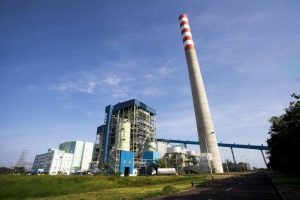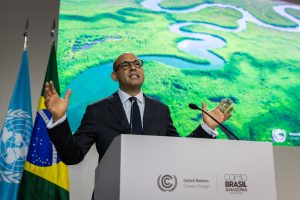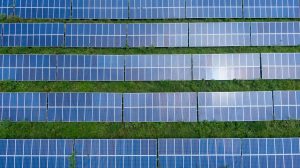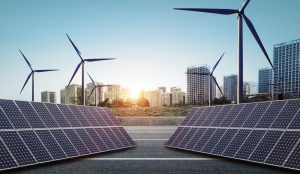Jakarta – Global energy think tank Ember warns that the current global geopolitical climate, fuelled by US President Donald Trump’s massive tariffs, has the potential to shift the world’s energy demand map. Uncertainty in energy markets due to trade wars has led countries to start revisiting their energy security strategies, with renewable energy emerging as an increasingly relevant solution.
A report with lead author Euan Graham, Ember’s Power and Data Analyst, on Tuesday, 8 April said that countries are now thinking more about their energy security and resilience than ever before. In this context, domestic renewable power such as wind and solar is becoming increasingly attractive.
In Ember’s 2025 Global Electricity Review, solar power is a key driver in the energy transition. By 2024, solar energy set a new record, accounting for the largest growth in electricity generation compared to other energy sources. The generation capacity of solar power has doubled in the past three years, accounting for 6.9% of the world’s total electricity production.
This rapid growth comes amid a 4.1% surge in global electricity demand, fuelled by the increasing use of artificial intelligence, data centres, electric vehicles and heat pumps. In addition, the extreme heatwaves that hit various regions also fuelled electricity consumption for air conditioning, resulting in a slight increase in fossil fuel use.
Nevertheless, low-carbon power generation, including renewables and nuclear, accounted for 40.9% of total global electricity production, or about 12,609 TWh in 2024. This is the highest level since the 1940s. Hydropower accounted for 14.3%, followed by nuclear at 9%, wind at 8.1%, and solar at 6.9%.
Ember’s report says that two megatrends will dominate the global electricity system in the coming years: the exponential increase in solar power and the high growth in electricity demand due to the electrification of economic sectors.
Geopolitical dynamics such as trade wars make clean energy more strategically attractive. Tariffs and trade barriers encourage countries to produce energy domestically to reduce import dependence. Solar and wind energy, which can be built locally with policy support, are ideal options.
Ember’s managing director, Phil MacDonald, told Mother Jones: “Solar power has become the engine of the global energy transition. Paired with battery storage, solar is set to be an unstoppable force. As the fastest-growing and largest source of new electricity, it is critical in meeting the world’s ever-increasing demand for electricity.”
With this trend, the world will likely witness a continued decline in electricity generation from fossil fuels. Emerging economies like China and India, which once relied on coal, are now accelerating investments in renewable energy as domestic demand surges. (Hartatik)
Banner photo: shutterstock















